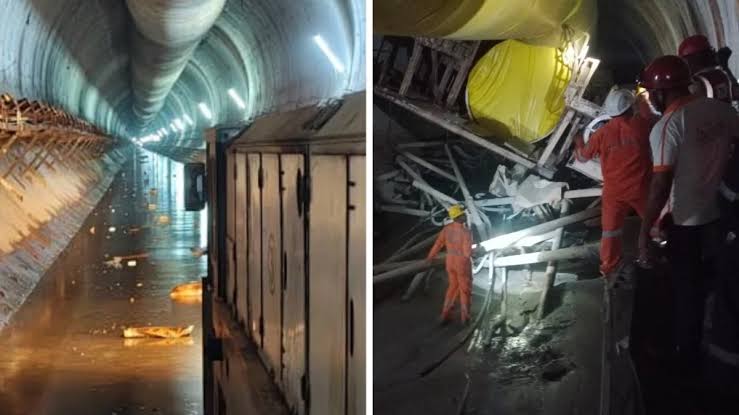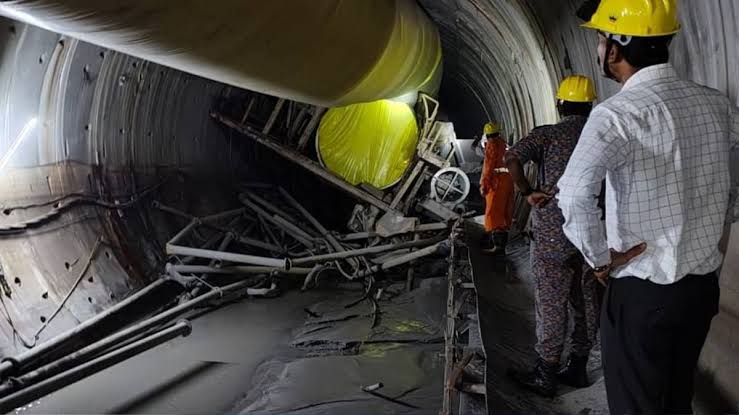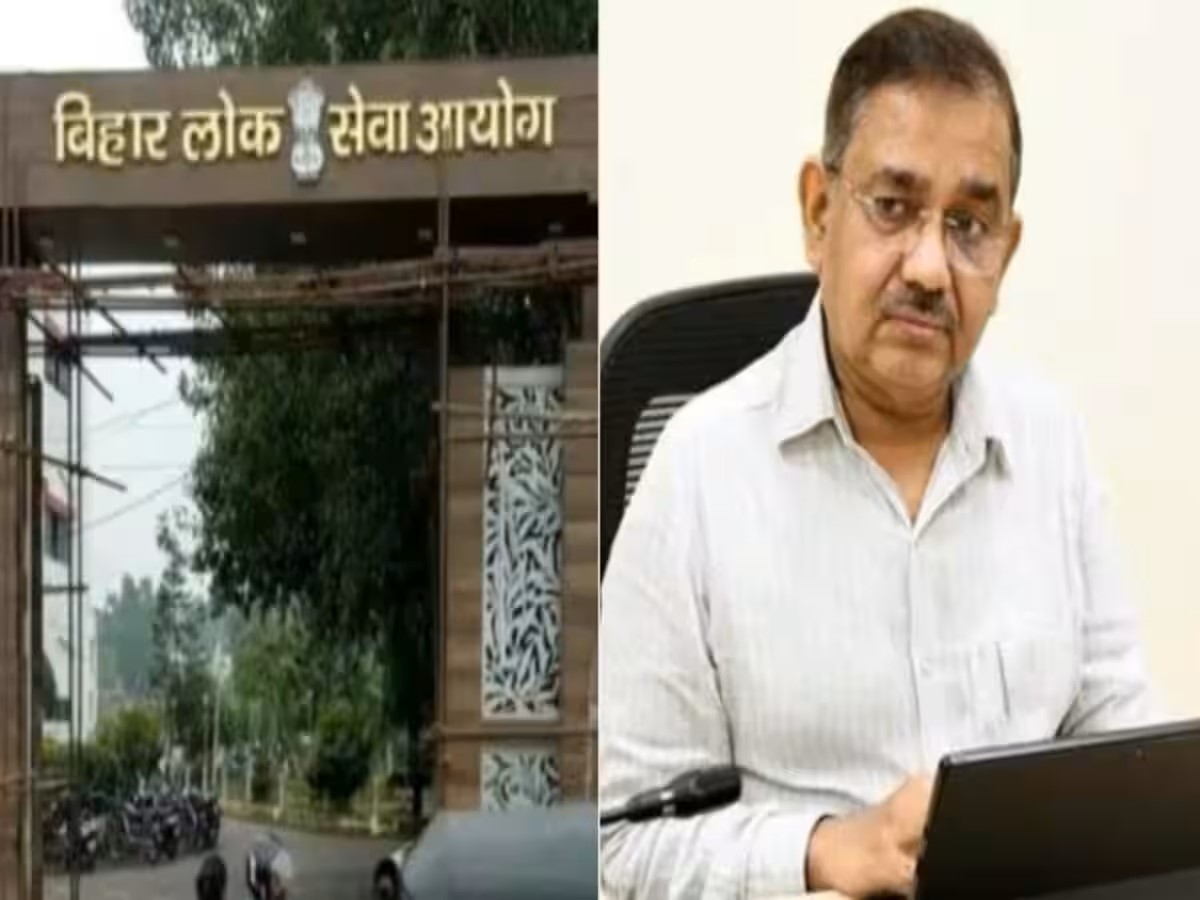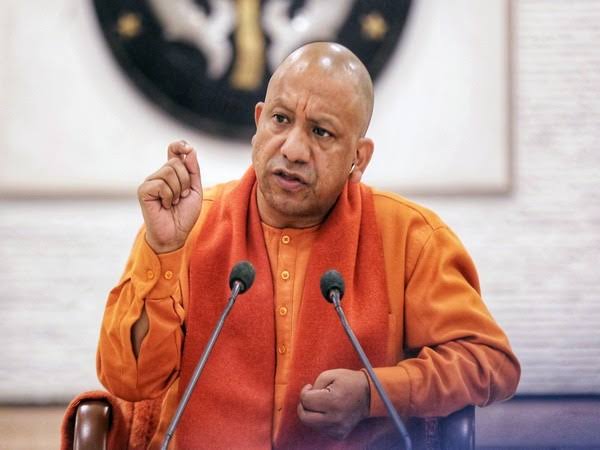A tragic crisis has unfolded in Telangana’s Nagarkurnool district, where eight workers remain trapped inside the Srisailam Left Bank Canal (SLBC) tunnel following a devastating collapse on February 22. For over 72 hours, rescue teams have been battling against immense odds, navigating through thick muck, twisted metal, and debris in a desperate bid to reach the men.
 The situation is dire, with limited access making the operation one of the most complex in India’s history. Officials have stated that the tunnel has only one entry and exit, severely restricting the rescue efforts. Concerns have also been raised about the structural integrity of the site, with experts suggesting that a minor tectonic shift or the failure of geological fault lines could have triggered the collapse.
The situation is dire, with limited access making the operation one of the most complex in India’s history. Officials have stated that the tunnel has only one entry and exit, severely restricting the rescue efforts. Concerns have also been raised about the structural integrity of the site, with experts suggesting that a minor tectonic shift or the failure of geological fault lines could have triggered the collapse.
The Telangana government has mobilized an extensive rescue operation, calling in experts from the Geological Survey of India (GSI), the National Geophysical Research Institute (NGRI), and even a specialized Australian team. The Indian Army, Navy’s MARCOS commandos, the National Disaster Response Force (NDRF), and the Singareni Collieries Company Ltd have also joined the mission. Endoscopic and robotic cameras have been deployed to assess the situation, and oxygen is being pumped into the tunnel in the hopes that the workers are still alive.
Amid the rescue efforts, emotions are running high. Family members of the trapped workers, including those from Jharkhand, have rushed to the accident site, anxiously awaiting news of their loved ones. Meanwhile, Telangana Minister K Venkat Reddy expressed his anguish, saying, “I pray to God that these eight people are alive. Our motto is to rescue the people.”
However, the tragedy has also become a political battleground. The opposition party, Bharat Rashtra Samithi (BRS), has accused the ruling Congress government of negligence, demanding a judicial inquiry. BRS leader KT Rama Rao has criticized Chief Minister Revanth Reddy for prioritizing election campaigning over the crisis. In response, Telangana Minister Uttam Kumar Reddy condemned the political blame game, stating that now was not the time for divisive politics but for collective efforts to save lives.
Rescue teams are facing mounting challenges, including the continuous inflow of silt and water into the tunnel. Heavy machinery is struggling to clear the path, and the safety of rescue workers is also a concern. The trapped workers’ colleagues who managed to escape described a sudden rush of water and loose soil, forcing them to flee while others were left behind.
The scale of the operation is enormous, with over 500 personnel working tirelessly. Rat miners from Uttarakhand, who had previously aided in the successful rescue of trapped workers in the 2023 Silkyara tunnel collapse, have also joined the effort. Despite these efforts, hope is dwindling, with some officials admitting that the chances of survival are “very, very remote.”
As Telangana’s Deputy Chief Minister Mallu Bhatti Vikramarka and other senior officials oversee the rescue operation, the nation watches with bated breath, hoping for a miracle. The incident has cast a shadow over the state, not only as a stark reminder of the dangers of large-scale infrastructure projects but also as a test of the government’s ability to respond to such tragedies with urgency and compassion.




